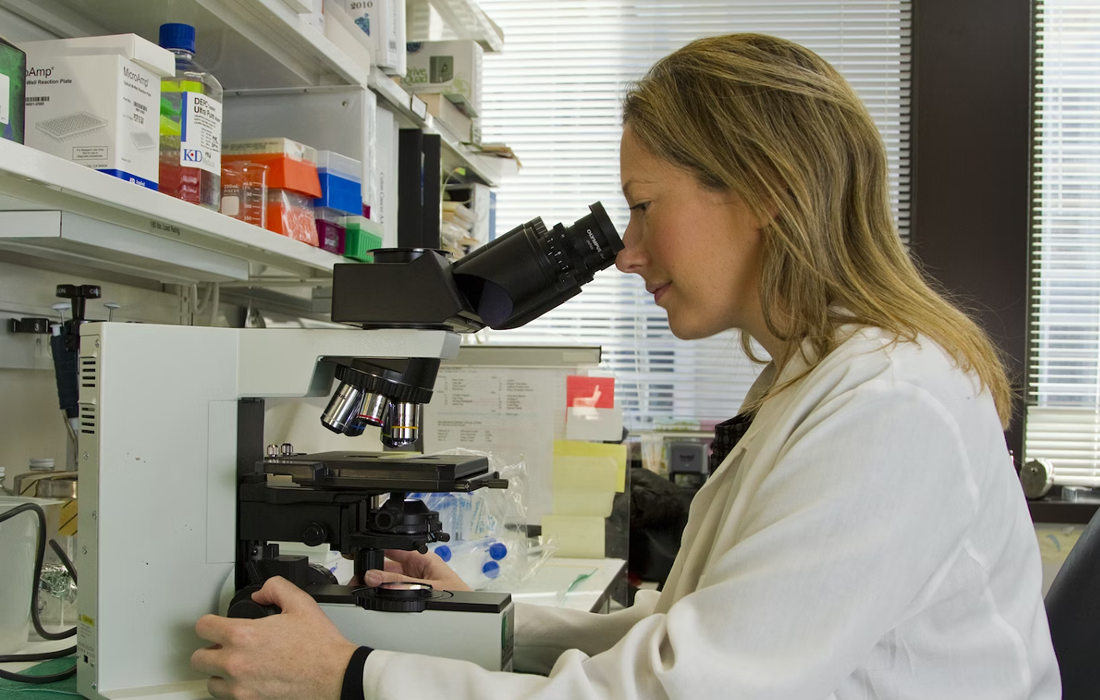Regenerative Medicine News and General Information
Polymers That Can Kill Bacteria
Antibiotic-resistant bacteria have become a rapidly growing threat to public health. Each year, they account for more than 2.8 million infections, according to the U.S. Centers for Disease Control and Prevention. Without new antibiotics, even common injuries and infections harbor the potential to become lethal.
Scientists are now one step closer to eliminating that threat, thanks to a Texas A&M University-led collaboration that has developed a new family of polymers capable of killing bacteria without inducing antibiotic resistance by disrupting the membrane of these microorganisms.
Working at the interface of organic chemistry and polymer science, the Michaudel Laboratory was able to synthesize the new polymer by carefully designing a positively charged molecule that can be stitched many times to form a large molecule made of the same repeating charged motif using a carefully selected catalyst called AquaMet.
According to Michaudel, that catalyst proves key, given that it has to tolerate a high concentration of charges and also be water-soluble — a feature he describes as uncommon for this type of process.
After achieving success, the Michaudel Lab put its polymers to the test against two main types of antibiotic-resistant bacteria — E. coli and Staphylococcus aureus (MRSA) — in collaboration with Dr. Jessica Schiffman’s group at the University of Massachusetts Amherst.
While awaiting those results, the researchers also tested their polymers’ toxicity against human red blood cells.
Michaudel credits the multidisciplinary nature of scientific innovation and the generosity of dedicated researchers across the Texas A&M campus and country as factors in his team’s success in determining the perfect catalyst for their molecule assembly.
Michaudel says the team will now focus on improving the activity of its polymers against bacteria — specifically, their selectivity for bacterial cells versus human cells — before moving on to in vivo assays.
Sources:
Sarah N. Hancock, Nattawut Yuntawattana, Emily Diep, Arunava Maity, An Tran, Jessica D. Schiffman, Quentin Michaudel. Ring-opening metathesis polymerization of N -methylpyridinium-fused norbornenes to access antibacterial main-chain cationic polymers. Proceedings of the National Academy of Sciences, 2023; 120 (51) DOI: 10.1073/pnas.2311396120
Texas A&M University. (2023, December 22). Polymers that can kill bacteria. ScienceDaily. Retrieved December 28, 2023 from www.sciencedaily.com/releases/2023/12/231222145359.htm
Image from: https://unsplash.com/es/fotos/mujer-con-bata-blanca-sosteniendo-una-camara-dslr-negra-Vb0GY3PWSSM

